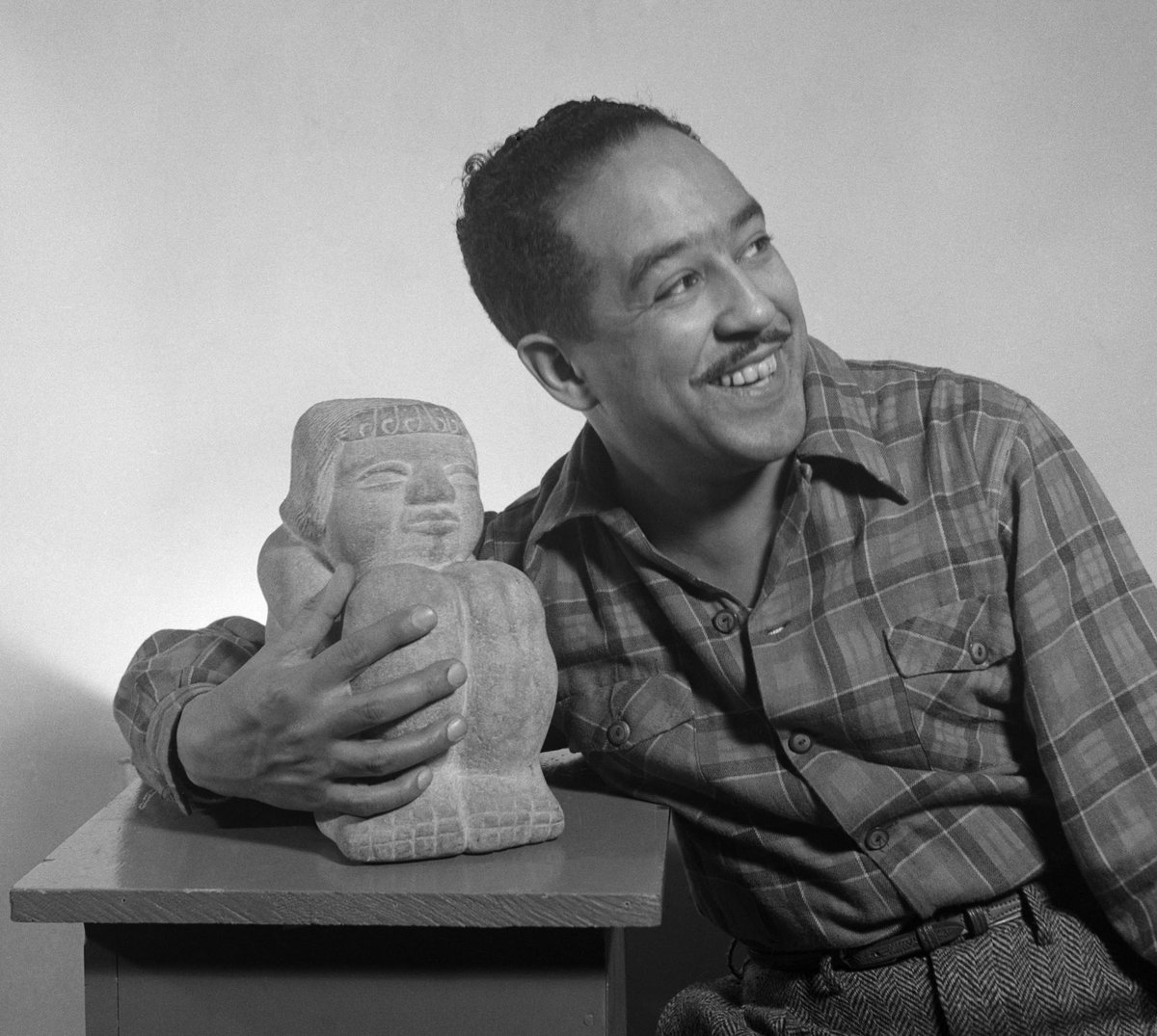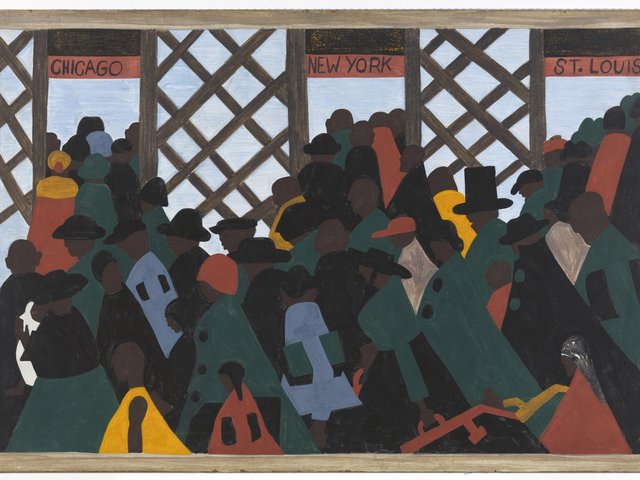The long-time home of influential Harlem Renaissance writer Langston Hughes is now open to the public as a historic house museum. The grand re-opening event for the Langston Hughes House, held this past June and hosted by Los Angeles-based poet Felicia Cade, involved live musicians playing soul, blues and jazz, and local poets reciting verses of Hughes’s poetry.
Constructed in 1869, the Italianate-style home at 20 East 127th Street consists of three storeys (not including a basement) and is 20ft wide by 45ft deep. Hughes used the topmost floor as his work room for the last two decades of his life, from 1947 to 1967. It has been on the National Register of Historic Places since 1982 and it was declared a city landmark by the New York City Landmarks Preservation Commission in 1981.
One space in the historic dwelling now features personal belongings of Hughes’s, including typewriters, never-before-seen photos of him and original articles showcasing his poetry. There are also numerous shelves filled with books of Hughes’ work that visitors can browse, such asMontage of a Dream Deferred (1951), The Weary Blues (1925) and Selected Poems of Langston Hughes (1959).
Hughes is remembered as a leader of the Harlem Renaissance, and his work centres his experiences as an African American man. He was born in 1901 in Missouri, raised in Kansas and first lived in New York City as a student at Columbia University.
In a 1963 essay titled My Early Days in Harlem, Hughes wrote: “Had I been a rich young man, I would have bought a house in Harlem and built musical steps up to the front door, and installed chimes that at the press of a button played Ellington tunes.”
His house in Harlem now serves as a space where poets, musicians, historians and others can learn more about Hughes’s legacy.






